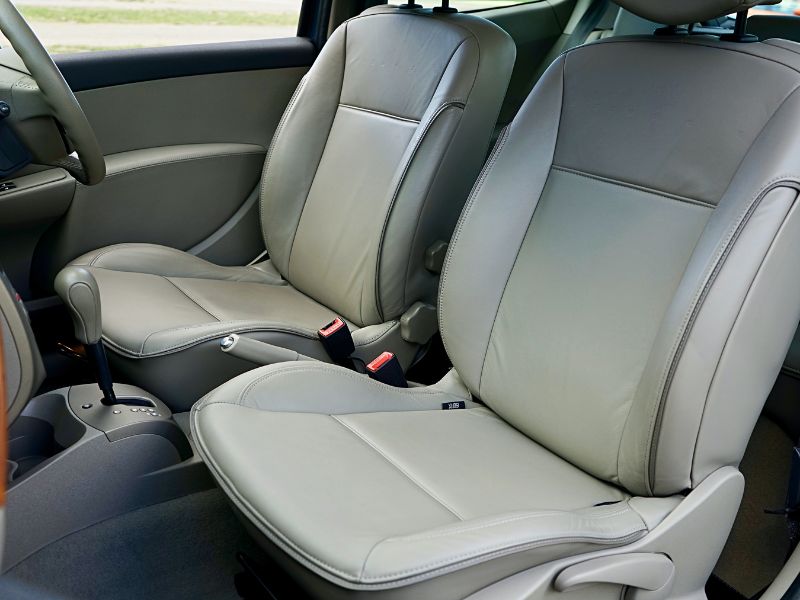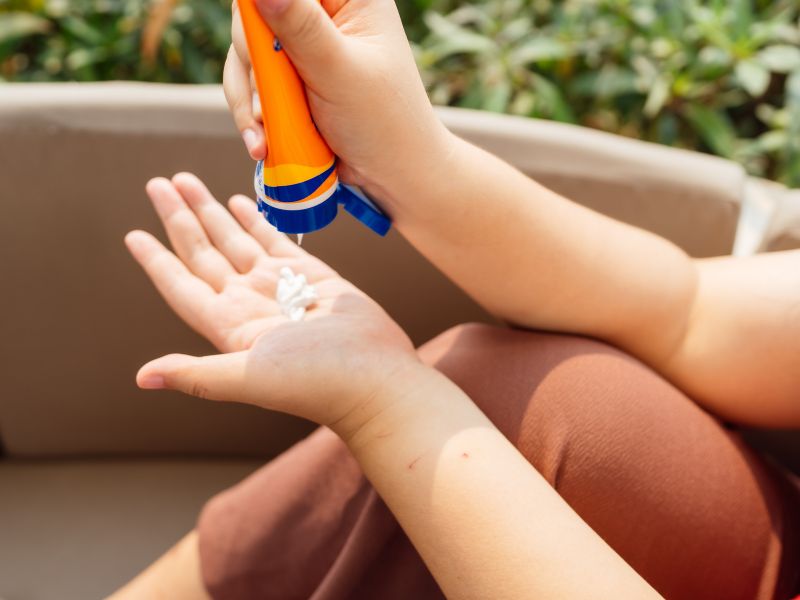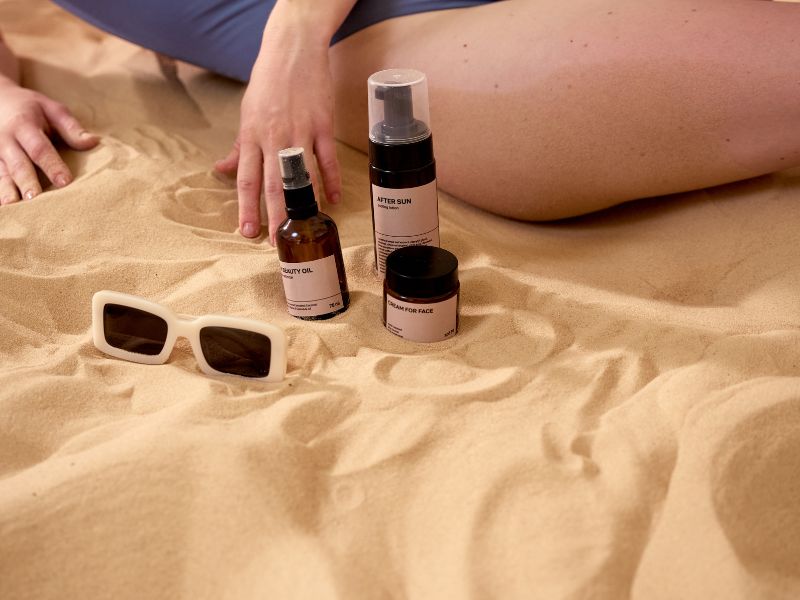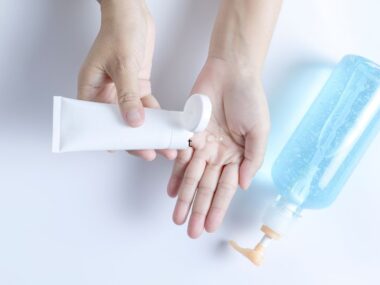Sunscreen is a crucial part of daily skincare and health, offering essential protection from harmful UV rays. But while it’s beneficial for the skin, it can be less kind to surfaces like leather car interiors. Removing sunscreen from leather requires specific care to prevent staining, discolouration, or damage to the leather. This article explores effective, professional strategies for safely and thoroughly removing sunscreen from leather car interiors, helping to preserve the material’s appearance and longevity.
Understanding Sunscreen’s Impact on Leather
Sunscreen formulations contain ingredients designed to adhere to the skin, withstand water and sweat, and provide broad-spectrum UV protection. The primary components in sunscreens—such as zinc oxide, titanium dioxide, and various oils—are effective on human skin but can have adverse effects on leather. When sunscreen touches leather, it can leave a greasy, persistent residue that may discolour the surface or lead to a breakdown of the leather’s natural oils. This interaction not only affects the look of the leather but also its durability and texture.
Leather is a porous, organic material and absorbs substances more readily than synthetic materials, which can make removing stains challenging. To properly clean sunscreen from leather without causing further damage, it is important to choose the right tools and products, as well as avoid certain cleaning agents that can worsen the stain.
Materials and Tools Needed
- Microfiber Cloths – Gentle on leather and effective at lifting dirt and oils without scratching or abrading the surface.
- Leather Cleaner – Formulated specifically for leather, a dedicated cleaner helps lift grease, oils, and residues from the leather surface.
- Leather Conditioner – Essential for restoring moisture and oils lost during the cleaning process, which maintains leather’s softness and suppleness.
- Mild Dish Soap (Optional) – A gentle, diluted solution of dish soap and water can help with initial stain removal but should be used sparingly.
- Distilled Water – Prevents mineral deposits that can form when using tap water.
- Soft-Bristled Brush – Useful for lifting embedded residues in the leather’s pores without damaging the material.
Pre-Treatment Steps: Preparing the Leather Surface
Before applying any cleaner, it’s vital to remove any loose particles or dust from the leather to prevent scratching. A soft microfiber cloth is ideal for this purpose. Gently wipe down the affected area to remove surface debris.
Avoid using abrasive materials, as they can cause micro-scratches that make the leather more susceptible to dirt and oils. By starting with a clean surface, you also enhance the effectiveness of the cleaning agents.
How To Remove Sunscreen From Leather Car Interior: Step-by-Step Guide
Step 1: Blotting the Sunscreen Stain
If the sunscreen is freshly spilt, immediately blot (do not rub) the area with a clean microfiber cloth. Rubbing will push the sunscreen deeper into the leather pores, making it harder to remove. Blotting helps to lift the product off the surface, reducing the amount of residue that will need deeper cleaning.
Step 2: Applying a Leather Cleaner
Using a high-quality leather cleaner specifically formulated for car interiors is key. Leather cleaners are designed to break down oils and stains while preserving the leather’s natural oils and texture. Apply a small amount of the cleaner onto a clean microfiber cloth, then gently rub the affected area in a circular motion.
Allow the cleaner to sit for a few minutes to penetrate the stain, then wipe it away with a clean cloth. Avoid over-saturating the leather, as excessive moisture can weaken the material. Test the cleaner on a small, inconspicuous area first to ensure it doesn’t cause any discolouration.
Step 3: Mild Dish Soap Solution for Stubborn Stains
If the sunscreen stain remains after applying the leather cleaner, a mild dish soap solution can be used as an additional step. Mix a few drops of mild dish soap with distilled water, then dampen a microfiber cloth with the solution. Lightly dab the stained area, avoiding excessive moisture, which can lead to leather damage. Afterwards, wipe the area with a clean, damp cloth to remove any soap residue.
Step 4: Using a Soft-Bristled Brush for Embedded Residues
For more stubborn stains, a soft-bristled brush can help lift embedded residues without damaging the leather’s surface. Gently scrub the area in small circles, applying only light pressure. Once the residue is loosened, use a microfiber cloth to wipe away the loosened sunscreen.
Step 5: Applying Leather Conditioner
After cleaning, it’s essential to recondition the leather. Cleaning agents and water can strip natural oils from leather, causing it to dry out and potentially crack over time. Leather conditioner restores these oils, maintaining the softness, colour, and resilience of the material. Apply a small amount of conditioner with a microfiber cloth and work it into the leather using circular motions. Let the conditioner absorb fully before wiping away any excess with a dry cloth.
Avoiding Common Mistakes in Leather Sunscreen Removal
Do Not Use Household Cleaners
Household cleaners can be too harsh for leather and may contain chemicals that cause discolouration, drying, or even cracking. Cleaners containing alcohol, bleach, or ammonia should especially be avoided as they can strip the leather of its natural oils.
Avoid Excessive Water
Leather is a moisture-sensitive material. Excessive water exposure can weaken its structure and cause it to become brittle over time. Always use distilled water sparingly and immediately follow up with a dry cloth to remove any excess.
Do Not Skip Conditioning
Leather can lose its lustre, flexibility, and colour after cleaning without proper conditioning. Failing to condition leather after cleaning can leave it more prone to cracking and further staining. A high-quality conditioner will preserve the leather’s appearance and extend its lifespan.
Preventing Future Sunscreen Stains on Leather
Preventing future stains is easier and more cost-effective than constantly cleaning sunscreen residue. Here are some tips to minimize sunscreen damage to leather car interiors:
- Use Leather-Friendly Sunscreen: Certain sunscreens are formulated to be less greasy, which can reduce residue on car interiors. These are typically marketed as non-comedogenic or “dry touch” sunscreens.
- Wear Clothing Over Sunscreen Areas: Cover arms or legs with a light jacket, shawl, or towel when sitting in the car after applying sunscreen to reduce direct contact with leather surfaces.
- Apply Sunscreen in Advance: Applying sunscreen at least 15-20 minutes before entering the car can reduce the likelihood of transferring residue onto the leather.
- Use Car Seat Covers: High-quality car seat covers protect the leather and are easier to clean or replace than leather seats.
Choosing the Right Leather Products
Selecting the right products is essential for both cleaning and conditioning. Look for reputable leather cleaners and conditioners designed specifically for car interiors. Brands with a focus on automotive leather, such as Lexol, Chemical Guys, and Leather Honey, are well-regarded for their effective and safe formulas. Investing in quality products not only ensures thorough cleaning but also helps in maintaining the leather’s natural oils and sheen.
Final Thoughts on Removing Sunscreen from Leather Car Interiors
Removing sunscreen from leather car interiors is a delicate task that requires the right tools, techniques, and patience. By following this guide, car owners can remove sunscreen stains without compromising the quality or longevity of their leather interiors. Regular cleaning and conditioning, coupled with preventive measures, will keep leather seats looking pristine for years to come.
By understanding the interaction between sunscreen ingredients and leather, and using appropriate cleaning products, car owners can effectively maintain their leather interiors. In doing so, they protect their investment and enhance the comfort and aesthetic appeal of their vehicles.






